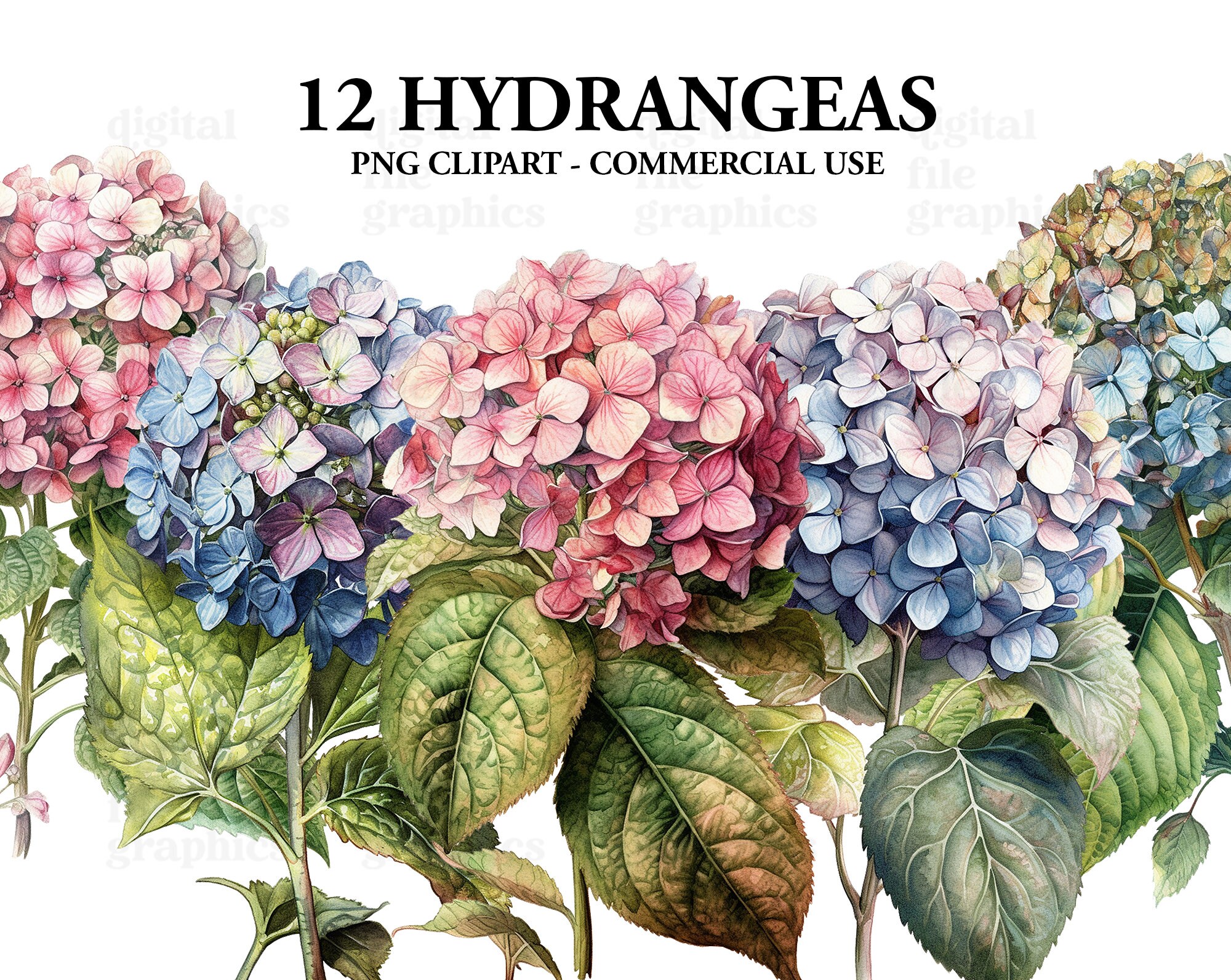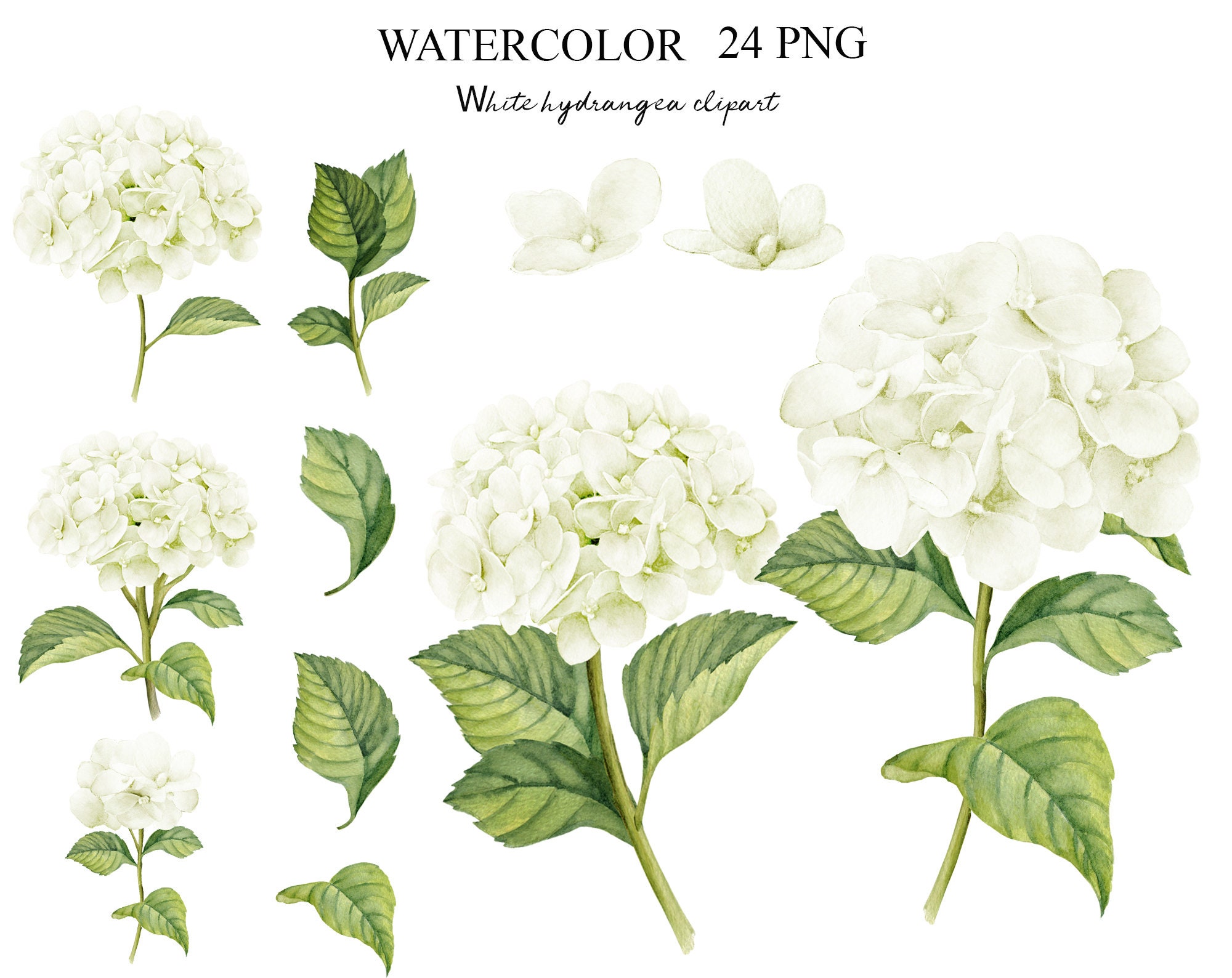Strawberries And Cream Hydrangeas: The Ultimate Guide To Growing And Caring For These Gorgeous Blooms
Title: Strawberries and Cream Hydrangeas: The Ultimate Guide to Growing and Caring for These Gorgeous Blooms
Introduction:
Strawberries and cream hydrangeas are a popular choice for gardeners because of their beautiful blooms. The flowers are a stunning combination of deep pink and white, and they can last for several months. Strawberries and cream hydrangeas are also relatively easy to care for, making them a good choice for beginner gardeners.
In this blog post, we will discuss everything you need to know about growing and caring for strawberries and cream hydrangeas. We will cover topics such as:
- Choosing the right location
- Planting and watering
- Fertilizing
- Pruning
- Overwintering
We will also provide some tips on how to get the best blooms from your strawberries and cream hydrangeas.
Main Content:
Choosing the Right Location
Strawberries and cream hydrangeas prefer to be planted in a location that receives partial shade. Too much sun can scorch the leaves, while too much shade will prevent the flowers from blooming. A location that receives morning sun and afternoon shade is ideal.
The soil should be well-drained and rich in organic matter. If your soil is sandy or clayey, you will need to amend it with compost or peat moss.
Planting and Watering
Strawberries and cream hydrangeas should be planted in the spring or fall. When planting, dig a hole that is twice as wide and as deep as the root ball. Backfill the hole with amended soil, and water well.
Water your strawberries and cream hydrangeas regularly, especially during the first year after planting. Once the plant is established, you can water it less frequently. However, it is important to keep the soil moist, especially during hot, dry weather.
Fertilizing
Strawberries and cream hydrangeas should be fertilized in the spring and fall. Use a balanced fertilizer, such as 10-10-10. Apply the fertilizer according to the package directions.
Pruning
Strawberries and cream hydrangeas should be pruned in the late winter or early spring. Prune away any dead, diseased, or damaged branches. You can also prune to shape the plant.
Overwintering
In colder climates, strawberries and cream hydrangeas may need to be protected from the cold. Mulch the plant with a layer of 3-4 inches of organic matter. You may also need to cover the plant with a burlap sack or other protective material.
Tips for Getting the Best Blooms
- Feed your hydrangeas with a balanced fertilizer in the spring and fall.
- Water your hydrangeas regularly, especially during hot, dry weather.
- Prune your hydrangeas in the late winter or early spring.
- Protect your hydrangeas from the cold in colder climates.
- Choose a location that receives partial shade.
- Plant your hydrangeas in well-drained soil.
Conclusion
Strawberries and cream hydrangeas are a beautiful and easy-to-care-for addition to any garden. By following the tips in this blog post, you can enjoy their beautiful blooms for many years to come.
If you're interested in learning more about strawberry and cream hydrangeas, I recommend visiting Home Gardening. This website has a wealth of information about this beautiful plant, including its care requirements, planting instructions, and pest and disease prevention tips. You can also find photos and videos of strawberry and cream hydrangeas in bloom, so you can get a better idea of what they look like in your garden.
FAQ of strawberries and cream hydrangea
- What is a strawberries and cream hydrangea?
A strawberries and cream hydrangea is a type of hydrangea that is known for its beautiful pink and white blooms. The flowers are typically large and round, and they start out as a light pink color before maturing to a deeper pink or white. Strawberries and cream hydrangeas are a popular choice for landscaping, and they can be grown in a variety of climates.
- How tall do strawberries and cream hydrangeas get?
Strawberries and cream hydrangeas typically grow to be 4-6 feet tall. They can be trained to grow as a shrub or a small tree.
- What are the best growing conditions for strawberries and cream hydrangeas?
Strawberries and cream hydrangeas prefer full sun to partial shade. They need well-drained soil that is rich in organic matter. Hydrangeas are also somewhat tolerant of drought, but they will do best if they are watered regularly during the summer months.
- How do I care for a strawberries and cream hydrangea?
Strawberries and cream hydrangeas are relatively easy to care for. They should be fertilized in the spring and fall with a balanced fertilizer. They should also be pruned in the spring to remove dead or damaged branches.
- What are some common pests and diseases that affect strawberries and cream hydrangeas?
Strawberries and cream hydrangeas are susceptible to a few pests and diseases, including aphids, spider mites, and powdery mildew. Aphids can be controlled with insecticidal soap or neem oil. Spider mites can be controlled with a miticide. Powdery mildew can be controlled by watering the plant regularly and avoiding overhead watering.
- How do I deadhead strawberries and cream hydrangeas?
Deadheading strawberries and cream hydrangeas is important to encourage new blooms. To deadhead, simply remove the spent flower clusters. You can do this by hand or with a pair of shears.
Image of strawberries and cream hydrangea
10 different images of strawberries and cream hydrangea that are free to use:
- A close-up of a single flower, showing the delicate petals and the beautiful blend of pink, white, and green.

- A cluster of flowers in full bloom, against a backdrop of green leaves.

- A row of hydrangea bushes in a garden, with the flowers in various stages of bloom.

- A single flower in a vase, with a few leaves and a drop of water on the petals.

- A close-up of the center of a flower, showing the stamens and pistils.

- A landscape photo of a field of hydrangeas in bloom, with a blue sky in the background.

- A silhouette of a hydrangea bush against a sunset.

- A watercolor painting of a hydrangea flower.

- A line drawing of a hydrangea bush.

- A digital illustration of a hydrangea flower.

Post a Comment for "Strawberries And Cream Hydrangeas: The Ultimate Guide To Growing And Caring For These Gorgeous Blooms"